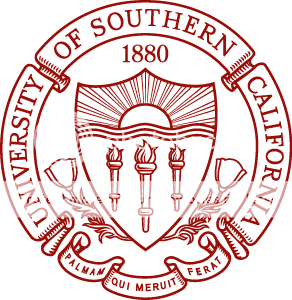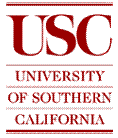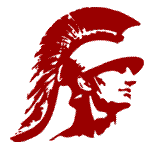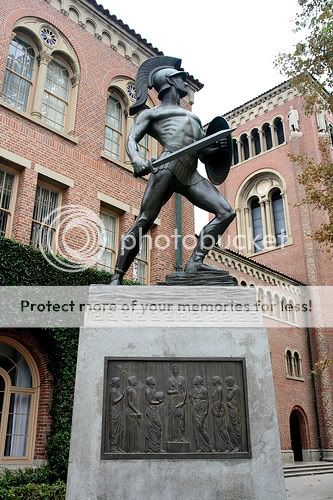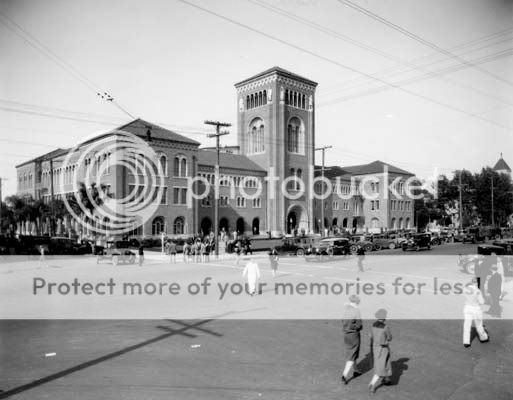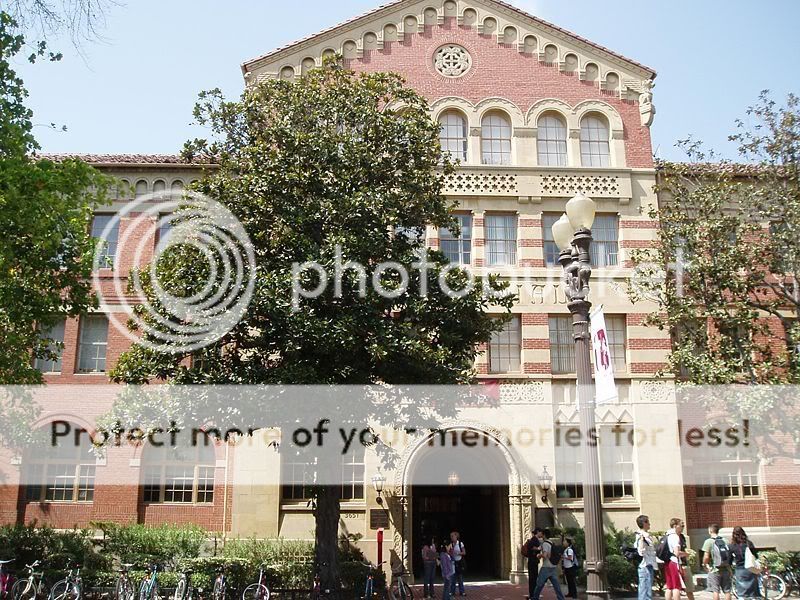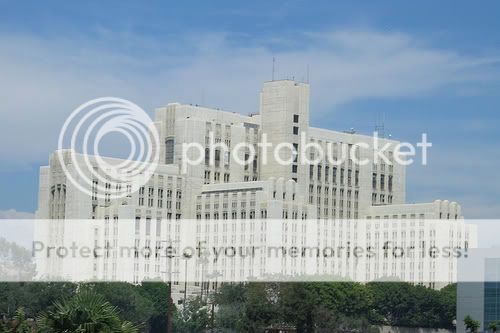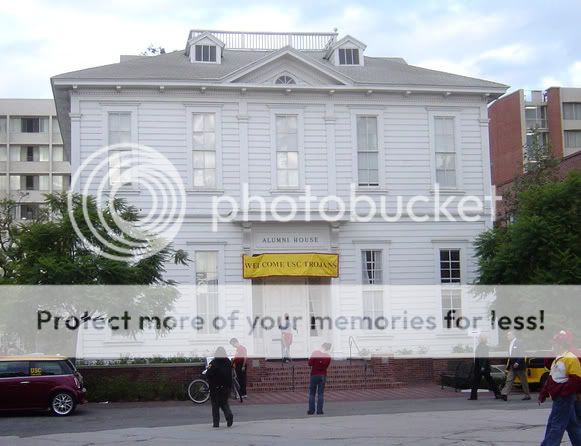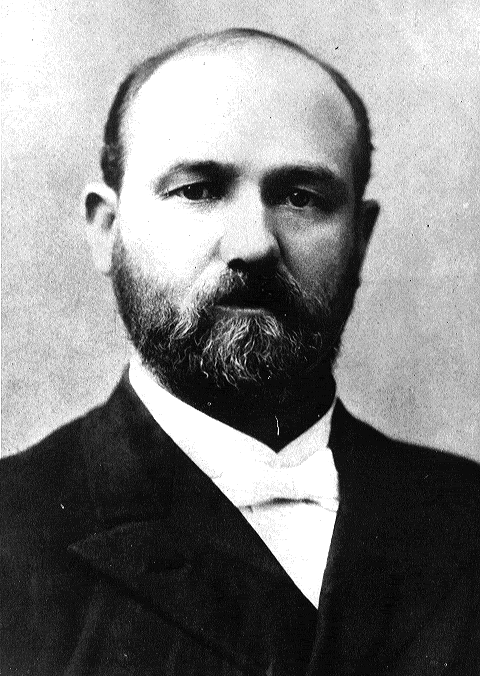- Joined
- Nov 15, 2007
- Messages
- 473
- Reaction score
- 15
Massachusetts College of Pharmacy and Health Sciences (MCPHS)

EstablishedDecember 29, 1823
TypePrivate
Endowment$100 million
PresidentCharles F. Monahan, Jr.
Staff310
Undergraduates4,000
LocationBoston, MA, USA
is an accredited private institution providing traditional and non-traditional programs of study focusing on vocational education of pharmacy and areas of the health sciences.
History
Founded as the Massachusetts College of Pharmacy in 1823 by fourteen Boston pharmacists, it is the second oldest and the largest college of pharmacy in the United States. In 1825 the college published the First American Pharmaceutical Library Catalogue.
In 1979, to reflect changes in curriculum and focus, the college changed its name to the Massachusetts College of Pharmacy and Health Sciences and has since grown to include a School of Pharmacy, School of Health Sciences, and School of Arts and Sciences in Boston; and the School of Pharmacy in Worcester, Massachusetts. In 2002, a new campus was added in Manchester, New Hampshire and the Forsyth School for Dental Hygienists was acquired.
Campus
The Massachusetts College of Pharmacy is composed of three distinct campuses, one in Boston, MA, one in Worcester, MA, and one in Manchester, NH. The three campuses are electronically linked and share resources. Conference rooms are equipped for video conferencing between campuses.
Boston
The Massachusetts College of Pharmacy and Health Sciences' Boston campus is located at 179 Longwood Avenue in Boston's medical and academic district. It is adjacent to MassArt and Harvard Medical School, as well as many renowned health care institutions such as Children's Hospital, Brigham and Women's Hospital, and Beth Israel Deaconess Medical Center. The College is composed of three main buildings: the George Robert White Building, the Ronald A. Matricaria Academic and Student Center, and the John Richard Fennell Building and Theodore L. Iorio Research Center (building and research center are considered one facility).
In September 2007 construction began on a new, 49,700-square-foot, six story, academic center to house the Boston campus' Nursing and Physician Assistant Studies programs. When completed the building will be located on Huntington Avenue across from the François-Xavier Bagnoud Center for Health & Human Rights on the site of a former MCPHS parking lot.
Worcester
Located at 19 and 25 Foster Street in downtown Worcester, MA The Massachusetts College of Pharmacy and Health Sciences Worcester campus houses the institution's accelerated programs in Nursing and Doctor of Pharmacy as well as Master of Physician's Assistant Studies (MPAS) program for post-baccalaureate students . MCPHS-Worcester is composed of two main buildings that are known collectively as the Living and Learning Center. The Living and Learning Center composes all of the campus' amenities including dorms for approximately 130 student, classrooms, auditoriums, a library and computer room, laboratories, administrative facilities, study rooms, lounges, and a convenience store.
Manchester
The Manchester, NH campus of the Massachsetts College of Pharmacy and Health Sciences is located at 1260 Elm Street in downtown Manchester, New Hampshire. Like Worcester, the MCPHS Manchester campus offers accelerated programs in Doctor of Pharmacy and Nursing, but also houses the school's Master of Physician's Assistant Studies (MPAS) program for post-baccalaureate students. The 33,000-square-foot campus building hold the schools library, classrooms, laboratories, seminar rooms, administrative offices, and student space. Many of the Manchester classrooms are equipped to for video conferencing with Worcester classrooms.
Academics
The Massachusetts College of Pharmacy and Health Sciences: Boston is composed of four distinct schools. The School of Arts and Sciences incorporates undergraduate programs in Chemistry, Health Psychology, Environmental Science, and Pre-medical sciences. The School of Health Sciences consists of all programs in Dental Hygiene, Radiologic Sciences, Physician Assistant Studies, and Nursing. The School of Pharmacy is composed of Pharmacy, Pharmaceutical Science, and Pharmaceutical Marketing and Management programs. The Division of Graduate Studies incorporates the masters and doctoral programs in Medicinal Chemistry, Pharmacology, Pharmaceutics, and Drug Regulatory Affairs and Health Policy.
Rankings
In 2005 US News & World Report published a ranking of American pharmacy schools. Out of 92 American pharmacy schools that participated in the study The Massachusetts College of Pharmacy and Health Sciences' Doctor of Pharmacy program was not ranked within the top 57 pharmacy schools in America.
The current national average attrition rate for pharmacy programs is 3.46%. Attrition rates for the 6 year PharmD program at the Boston campus from 2004-2006 were 34%, while the Worcester campus attrition rates were 19-26% from 2003-2006.
References
External links

EstablishedDecember 29, 1823
TypePrivate
Endowment$100 million
PresidentCharles F. Monahan, Jr.
Staff310
Undergraduates4,000
LocationBoston, MA, USA
is an accredited private institution providing traditional and non-traditional programs of study focusing on vocational education of pharmacy and areas of the health sciences.
History
Founded as the Massachusetts College of Pharmacy in 1823 by fourteen Boston pharmacists, it is the second oldest and the largest college of pharmacy in the United States. In 1825 the college published the First American Pharmaceutical Library Catalogue.
In 1979, to reflect changes in curriculum and focus, the college changed its name to the Massachusetts College of Pharmacy and Health Sciences and has since grown to include a School of Pharmacy, School of Health Sciences, and School of Arts and Sciences in Boston; and the School of Pharmacy in Worcester, Massachusetts. In 2002, a new campus was added in Manchester, New Hampshire and the Forsyth School for Dental Hygienists was acquired.
Campus
The Massachusetts College of Pharmacy is composed of three distinct campuses, one in Boston, MA, one in Worcester, MA, and one in Manchester, NH. The three campuses are electronically linked and share resources. Conference rooms are equipped for video conferencing between campuses.
Boston
The Massachusetts College of Pharmacy and Health Sciences' Boston campus is located at 179 Longwood Avenue in Boston's medical and academic district. It is adjacent to MassArt and Harvard Medical School, as well as many renowned health care institutions such as Children's Hospital, Brigham and Women's Hospital, and Beth Israel Deaconess Medical Center. The College is composed of three main buildings: the George Robert White Building, the Ronald A. Matricaria Academic and Student Center, and the John Richard Fennell Building and Theodore L. Iorio Research Center (building and research center are considered one facility).
In September 2007 construction began on a new, 49,700-square-foot, six story, academic center to house the Boston campus' Nursing and Physician Assistant Studies programs. When completed the building will be located on Huntington Avenue across from the François-Xavier Bagnoud Center for Health & Human Rights on the site of a former MCPHS parking lot.
Worcester
Located at 19 and 25 Foster Street in downtown Worcester, MA The Massachusetts College of Pharmacy and Health Sciences Worcester campus houses the institution's accelerated programs in Nursing and Doctor of Pharmacy as well as Master of Physician's Assistant Studies (MPAS) program for post-baccalaureate students . MCPHS-Worcester is composed of two main buildings that are known collectively as the Living and Learning Center. The Living and Learning Center composes all of the campus' amenities including dorms for approximately 130 student, classrooms, auditoriums, a library and computer room, laboratories, administrative facilities, study rooms, lounges, and a convenience store.
Manchester
The Manchester, NH campus of the Massachsetts College of Pharmacy and Health Sciences is located at 1260 Elm Street in downtown Manchester, New Hampshire. Like Worcester, the MCPHS Manchester campus offers accelerated programs in Doctor of Pharmacy and Nursing, but also houses the school's Master of Physician's Assistant Studies (MPAS) program for post-baccalaureate students. The 33,000-square-foot campus building hold the schools library, classrooms, laboratories, seminar rooms, administrative offices, and student space. Many of the Manchester classrooms are equipped to for video conferencing with Worcester classrooms.
Academics
The Massachusetts College of Pharmacy and Health Sciences: Boston is composed of four distinct schools. The School of Arts and Sciences incorporates undergraduate programs in Chemistry, Health Psychology, Environmental Science, and Pre-medical sciences. The School of Health Sciences consists of all programs in Dental Hygiene, Radiologic Sciences, Physician Assistant Studies, and Nursing. The School of Pharmacy is composed of Pharmacy, Pharmaceutical Science, and Pharmaceutical Marketing and Management programs. The Division of Graduate Studies incorporates the masters and doctoral programs in Medicinal Chemistry, Pharmacology, Pharmaceutics, and Drug Regulatory Affairs and Health Policy.
Rankings
In 2005 US News & World Report published a ranking of American pharmacy schools. Out of 92 American pharmacy schools that participated in the study The Massachusetts College of Pharmacy and Health Sciences' Doctor of Pharmacy program was not ranked within the top 57 pharmacy schools in America.
The current national average attrition rate for pharmacy programs is 3.46%. Attrition rates for the 6 year PharmD program at the Boston campus from 2004-2006 were 34%, while the Worcester campus attrition rates were 19-26% from 2003-2006.
References
- <LI id=_note-frieswick>^ Frieswick, Kris (2007-09-02). Know your college presidents. The Boston Globe. Retrieved on 2007-11-18. <LI id=_note-acpe-accredit>^ Deans and faculties, accredited professional programs of colleges and schools of pharmacy. Accreditation Council for Pharmacy Education. Retrieved on 2007-11-18. <LI id=_note-mcphs-about>^ a b About MCPHS. MCPHS. Retrieved on 2007-11-18. <LI id=_note-0>^ http://mcphs.edu/about_mcphs/mcphs_in_the_community/huntington_building_project.html <LI id=_note-1>^ http://www.mcphs.edu/academics/programs/physician_assistant_studies/ <LI id=_note-2>^ http://www.uspharmd.com/student/2005_School_Rank.html <LI id=_note-3>^ http://www.aacp.org/site/view.asp?CID=947&DID=6676
- ^ http://prod.campuscruiser.com/PageServlet?pg=home_annboard&tg=AnnBoard-detail&annId=199657&cx=22.301
External links

